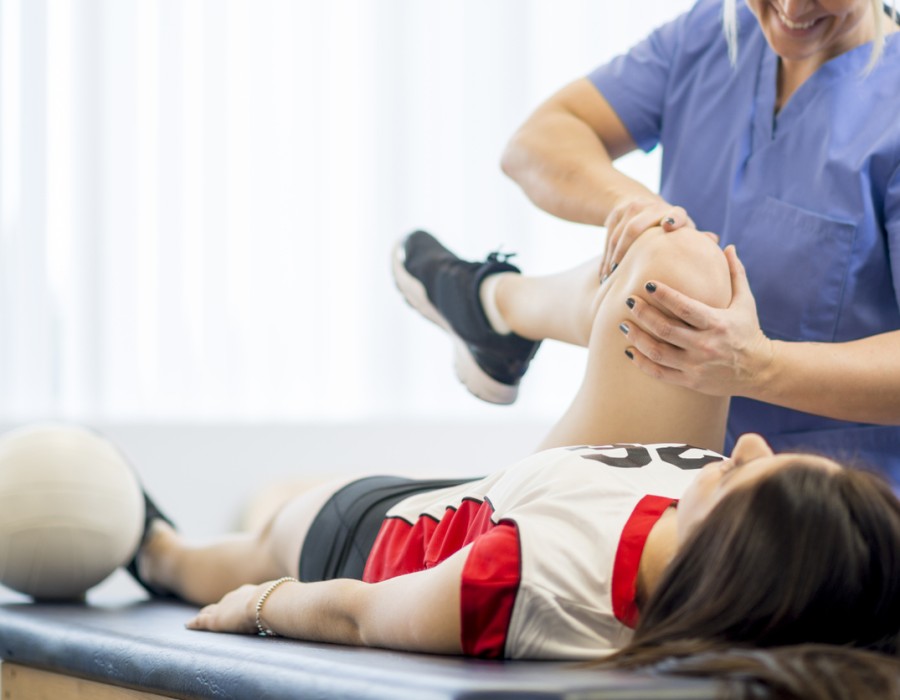Sports injuries are a common occurrence among athletes and active individuals, often requiring specialized care to ensure proper diagnosis and treatment. As a sports injury surgeon based in Delhi, I am frequently asked about my approach to diagnosing these injuries. Today, I will delve into the typical steps I take when assessing and diagnosing sports-related injuries, shedding light on the comprehensive care athletes can expect in our vibrant city.
Advanced Imaging Technology
In Delhi, we are fortunate to have access to advanced imaging technologies such as MRI (Magnetic Resonance Imaging), CT (Computed Tomography) scans, and ultrasound. These tools provide detailed images of bones, joints, muscles, and soft tissues, offering invaluable insights into the nature and severity of the injury. By combining the findings from physical examination with these imaging modalities, I can accurately diagnose conditions ranging from ligament tears and fractures to muscle strains and joint instability.
Understanding Biomechanical Factors
Understanding the biomechanics of the sport or activity that led to the injury is crucial. Whether it's a sudden trauma in contact sports or overuse injuries in endurance activities, each sport places specific stresses on the body. By understanding these biomechanical factors, I can better pinpoint the underlying cause of the injury and tailor the treatment plan accordingly.
Collaborative Approach to Care
Collaboration is at the heart of my practice as a sports injury surgeon in Delhi. I work closely with sports medicine physicians, physical therapists, orthopedic specialists, and other healthcare professionals to ensure a multidisciplinary approach to care. This collaborative effort not only enhances the accuracy of diagnosis but also facilitates a comprehensive treatment plan that addresses the patient's unique needs and goals.
Patient-Centered Care
Educating my patients about their condition and involving them in decision-making are essential aspects of my practice. I take the time to explain the diagnosis in clear, understandable terms and discuss all available treatment options. Whether it's recommending conservative therapies like rest, physical therapy, or more invasive surgical interventions, I prioritize patient-centered care to ensure they feel informed, empowered, and confident in their treatment plan.
Personalized Treatment Plans
No two sports injuries are exactly alike, which is why I emphasize the importance of personalized treatment plans. After a thorough diagnosis, I collaborate with each patient to develop a treatment strategy that aligns with their specific needs, lifestyle, and athletic goals. Whether the goal is to return to competitive sports or simply regain pain-free function in daily activities, my approach is tailored to promote optimal recovery and long-term musculoskeletal health.
Conclusion
In conclusion, diagnosing sports-related injuries as a sports injury surgeon in Delhi involves a meticulous blend of clinical expertise, advanced technology, biomechanical understanding, collaborative teamwork, patient-centered care, and a commitment to ongoing learning. By combining these elements, I strive to provide comprehensive care that not only addresses the immediate injury but also promotes overall musculoskeletal health and well-being.





Comments